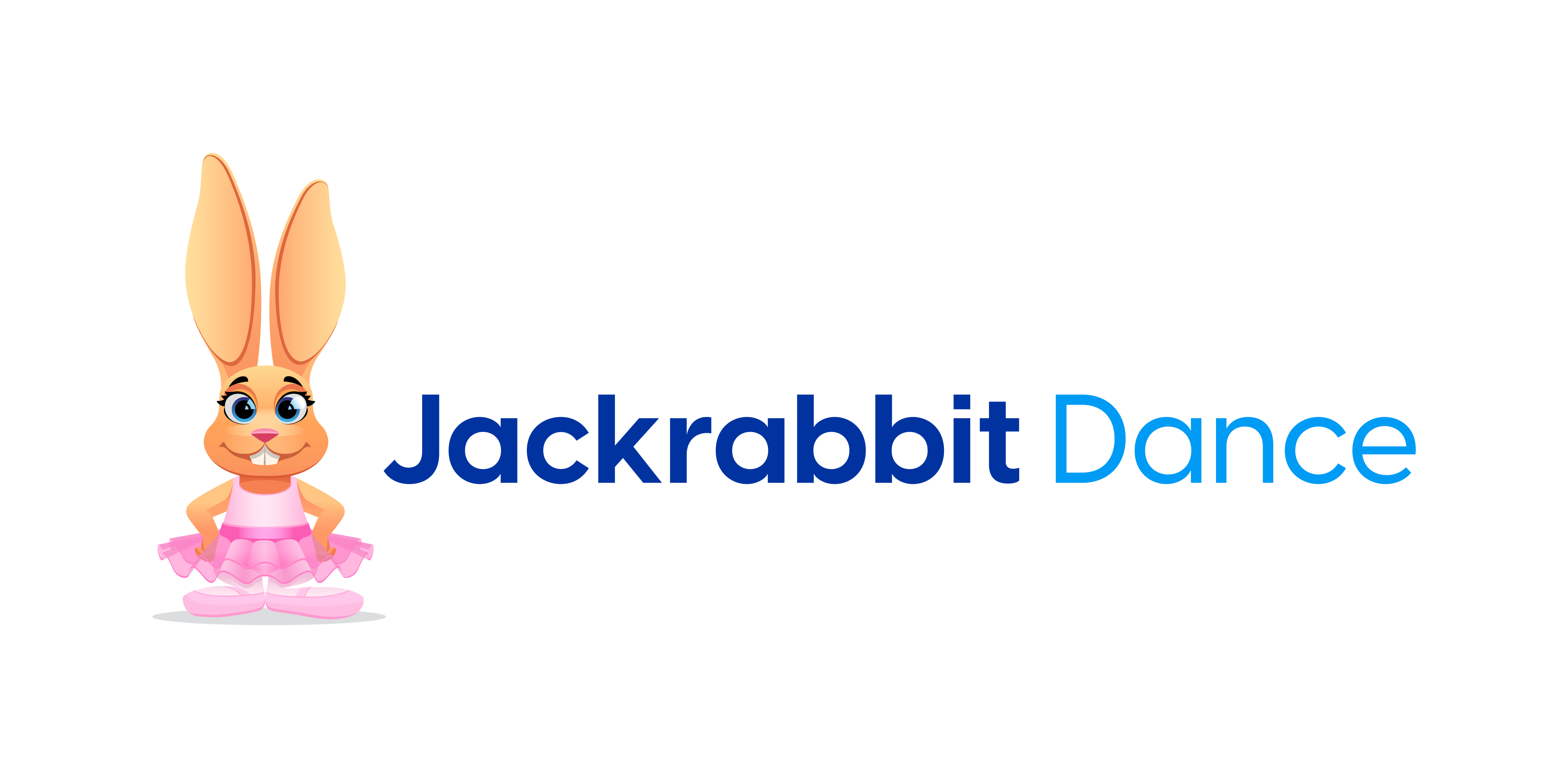How can you get a better handle on your finances and why you may be experiencing cash flow frustrations? Read the article we’re sharing from Dance Teacher Magazine. If you’re finding that your studio seems to be doing well but there are times when you don’t have enough to cover bills, you may need to look at some cash management practices that have helped others suffering similar frustrations.
Profits Are Up, So Why Can’t I Pay the Bills?
Understanding cash flow—and some moves to manage it
By Rachel Rizzuto
Joe Naftal grew up in the dance studio business—his parents founded Dance Connection in Long Island, New York, in 1989—and he can still recall his introduction to the term “cash flow” as a child. After exhausting his father’s supply of dollar bills to play an arcade game, Naftal begged him for change. His dad refused, gently explaining that because it was the summer, the dance studio’s cash flow wasn’t as steady as it was during the school year. “I was confused—both of my parents had jobs and worked really hard, so how could the fact that it was summer affect how much money comes in?” remembers Naftal. Now that he is the studio’s marketing director, he understands that cash flow is the lifeblood of a business.
You don’t need an accounting degree to understand how to make your cash flow work for your studio; like most studio business practices, what you need is attention to detail and careful planning for the future. Think of it as fuel for a plane: If you run out, your business will crash—even if you’re showing a healthy profit. With proper attention and tracking, though, cash flow problems can be identified—and handled—before they get out of control.
X! + Y(a2 – b4) = Z2—No, Not So Complicated
Revenue, profit and cash flow are interrelated when it comes to the money generated and spent by a business. Revenue, or the sales created by your business (tuition, administrative and registration fees, recital ticket sales), has an impact on profit, since profit is your revenue total minus expenses (faculty salaries, rent, loan interest and utilities). But generating a profit doesn’t necessarily mean that you always have a lot of cash on hand; cash flow is about timing—the movement of money into or out of a business determines how much cash you have readily available at any given time.
CPA Philip Campbell, author of the book Never Run Out of Cash, recognizes that the overlap of these terms can be confusing. “Small-business owners see on their profit and loss statement that they made $10,000 last month. But then they realize that they have less cash—maybe they started with $20,000, and now they only have $15,000,” Campbell explains. “But there will always be a difference between profit and loss and what happened to the cash.”
This is where cash flow projections come in. By breaking out your estimated cash flow, month by month for the next year (use your previous year’s profit-and-loss statement as a guide), you can see what revenue typically comes in—and when—for your studio. Your expenses will likely not vary too widely, but your revenue (and therefore your cash flow) will. If you’re prepared for potential shortfalls—some lean summer months, for example, when your studio is not in session—you can take advantage of increases during the more lucrative months and plan in detail how you’ll use each payment as it comes in.
Campbell’s method for staying on top of cash flow is surprisingly simple. He encourages small-business owners to be able to answer one question: What happened to the cash last month? “If you can name the three biggest cash transactions and explain why each is necessary to your business’ health or improvement, you’ll be regularly aware of your cash flow,” he says. You also need to think about what you expect the cash balance to be in six months. Growing businesses are particularly vulnerable to cash crises as they increase their expenses or make new investments in their business, well ahead of the expected new revenues coming in. Visit score.org, a website and mentoring resource for small-business owners, to download both a one-year and three-year cash-flow projection template.
Navigating a Cash Crunch
Knowing how to get cash quickly, if you’re in a tight spot, is valuable information, as is knowing how to slow down the outflow in order to tide you over. Here are some possibilities to consider:
Offer a discount for early or in-full payment. You could, for instance, give your clients the opportunity to pay six months of tuition at once, at a discounted rate, or the chance to pay a recital fee several months in advance at a lower rate. “When Dance New Amsterdam needed a sizeable amount of cash in a short amount of time,” says Jamie Posnak, former finance administrator for the New York City dance studio, “we offered our clients what we called an ‘11 for 11’ sale. If they bought 11 classes at once, they could buy them at the much cheaper rate of $11 per class. We knew that would bring in a big chunk of money in just a week or two. We were also mindful, though, that the income would be down over the next three or so months.”
Encourage parents to have payments deducted directly from their bank accounts, via an automatic billing system, to streamline the payment process and establish a steady inflow. A bonus: No need to chase late accounts receivable.
Keep your potentially lean summer months healthy with built-in cash generators, like offering an incentive to register for the following school year’s dance classes at the end-of-year recital. Naftal offered a “Priority Pre-Registration Week” at Dance Connection last April; if students registered then, they received a free T-shirt, $25 off the first month of tuition, 10 percent off a purchase from Dance Connection’s dancewear store and a $5 coupon for summer classes. Naftal saw pre-registration skyrocket as a result. Use the advanced registration and initial tuition revenue to cover standing summer costs like rent and loan interest. Consider holding a weeklong summer intensive for students who don’t want to go the entire summer without dance class—it can create a little bump in summer revenues.
Develop and maintain relationships with your vendors. “Don’t ignore phone calls from vendors if you’re running behind on a payment,” warns Posnak. “They won’t hesitate to cut off your service. But most of the time, they’re willing to work with you.” Posnak found that most vendors would offer her a three-month grace period to make payments, though she needed to be able to guarantee that she could make up the difference over the following three to six months.
Look at your overhead. Cutting expenses, whether temporarily or permanently, is a surefire way to reduce cash outflow. During summer classes, Dance Connection has a consolidated schedule to cut back on the studio’s air-conditioning bill, and the A/C remains off in the studios on days without classes. When Posnak found herself in a cash flow crunch at DNA, she didn’t shy away from slashing expenses where she could—even if that meant not buying office supplies. “When you’re low on cash, you only pay the necessary things,” says Posnak. “You can use scratch paper in the meantime.”
The Number You Should Always Know
Every business should have a cash-flow statement that is updated monthly. At the bottom of the statement, below your net cash—cash spent and received for operating, investing and financing activities—is your net change in cash. This number is the total increase or decrease in cash for your business for that period. You always need to know this number; otherwise, you won’t know what action is needed, whether it’s taking steps to speed up cash coming into the business, slowing down cash going out of it or making a timely payment with your cash surplus.
This article was originally published by Dance Teacher Magazine.













